I’ve played maybe two hours of League of Legends in my entire life. Those matches were against bots as I flailed around the Rift trying to understand the world’s favorite MOBA with some friends. I have even less experience with Airship Syndicate and its debut title Battle Chasers: Nightwar.
So, I went into Ruined King: A League of Legends Story (the latest collaboration between Airship Syndicate and Riot Forge) with no real idea of what to expect, aside from a way to flesh out the main game’s heroes beyond their lore cinematics.
But Ruined King is much more than that, for better and for worse.
Up top, I think it’s important to set expectations for what this game actually is. While it does feature plenty of party interaction and lovely, comic-book style cutscenes, Ruined King is a role-playing game through and through, and it draws from more traditional aspects of the genre than I had assumed. This is not a League visual novel with RPG elements slapped on, so temper your expectations if that’s what you’re after.
The game’s opening is a bit oddly paced, presenting the general backstory of the titular Ruined King, before going through a basic tutorial of movement and combat with the swashbuckling pirate queen of Bilgewater, Miss Fortune. Your time with the pistol-wielding pirate is short-lived, however, as you pretty quickly switch over to the Buhru priestess Illaoi. While Miss Sarah Fortune is a damage-focused character, Illaoi is a healer/tank. This abrupt switch makes the playstyle you first learn almost immediately irrelevant, as you simply cannot play Illaoi the same way you would Miss Fortune.

Understanding how each of these champions work on a mechanical level is crucial for progressing through Ruined King’s various dungeons and boss fights. While several champions may fill similar roles within your three-person party, no two are the same. Take, for example, Illaoi and the Hero of the Freljord, Braum, who joins your group shortly after Illaoi is introduced. While both are beefy tank characters that can take even more damage than they dish out, they operate differently. Braum is a traditional tank who provides shields and buffs to help his teammates maximize their own abilities. Illaoi, meanwhile, is largely focused on using her healing abilities to build up tentacles that can be used on the offensive.
Most of these champions have a sort of resource meter they build up by taking certain actions in combat, which is another key to understanding how to utilize them. For Miss Fortune, it’s Strut, for Ahri, Essence Theft and for Yasuo, Flow. Monitoring which of your heroes build up these resources, and how they use them to power their combat abilities, is important for making the most out of your battles — especially those in the latter half of the game.
The other crucial part of navigating combat in Ruined King is being aware of each enemy’s buff and debuff abilities. Every single boss in the game, and many smaller enemies, has a trick to beating them via their own abilities. However, the onus is on you to figure that out via the game’s inspect feature. This allows you to examine your champions and the enemies you’re facing to understand what exactly they can do and what they’re ultimately weak to. Manipulating these weaknesses is vital to coming out of these fights on top, though it can be a bit overwhelming to process all the information when a boss has four pages worth of notes about their skills.

Combat in the Ruined King is turn-based and features a lane system. There are three lanes: Balance, Power and Speed. As you might imagine, Balance is in the middle. Power is on the bottom and takes longer to cast, and Speed is on the top with a quicker charge time but lessened effect. When you have a champion use one of their lane abilities (those which cost mana/overcharge), you also decide which lane they’ll cast it in. Enemies also cast within these lanes, and can apply buffs or debuffs to them that add an extra layer to how you navigate the battlefield.
Dropping the ball on any of these combat mechanics can make a fight anywhere from rough to impossible. Pairing that with the fairly infrequent rest points and autosaves the game provides, along with the few crashes I experienced on the Switch version, made screwing this up a painful loss of progress. But, annoying as that was, I still found myself invested in how these parts all line up together for different boss fights, even if the dungeon encounters got somewhat tedious towards the end.

So what does all this fighting serve? A slightly better-than-average fantasy tale about revenge, regret and romance, honestly. Each of your six champions has a stake in the game’s main conflict: the rise of Viego, the Ruined King, thanks to the evil demon/ghost sorcerer Thresh, and the former king of Bilgewater and Miss Fortune’s sworn nemesis, Gangplank.
The TLDR is that Gangplank murdered Captain Fortune’s mother when she was a kid, so she swore revenge. Shortly before the start of the game, Fortune staged a hostile takeover of Bilgewater, allegedly killing Gangplank in the process. Through a series of events that I won’t spoil, it turns out Gangplank lived, after all, and is now hellbent on getting his city back by any means necessary. This attitude makes him a perfect mark for the manipulative Thresh, whose whole endgame is to bring another Harrowing (read: soul-snatching ghost plague) to the world so he can trap the populations’ souls in agony for eternity, using Viego and Gangplank as the power source.
Illaoi’s people, the Buhru, have historically battled against the Harrowings and, as Truth Bearer (vessel of their kraken goddess), she is no different. She and Captain Fortune have the most obvious investment in the coming danger, as their home and people are directly at risk. The rest of the crew – Braum, Pyke, Yasuo and Ahri – aren’t as directly involved at first but, as the story progresses, it becomes clear that they each have a connection (or are willing to develop one) to help the cause.

Beat for beat, Ruined King’s story isn’t all that special, but there are small narrative touches with its characters that take the whole thing to the next level. It’s not a hot take to say that the champions from League of Legends are exaggerated and tropey in a lot of ways. That’s true for those in Ruined King as well, but the writing uses that to its advantage. The arcs these characters follow are largely predictable, but have just enough of the unexpected to make certain characters feel more human. Sarah’s need for revenge cannot be dealt with over the length of one fantasy campaign. Illaoi is keeping secrets and trying to understand how to best navigate her faith in the face of both the unknown and tradition. Pyke is a tragic monster, but he doesn’t necessarily want to be redeemed.
For folks looking to enjoy the lore and characters of Runeterra, without taking the plunge into actual League of Legends, these elements are what will really take Ruined King over the finish line. Personally, after meeting the tree man Maokai, I was tempted to make that dive myself. Ruined King does an excellent job of walking the line between its self-referential nature and opening these characters up to anyone. While playing, it’s clear that there’s more to these champions than what the game is showing, but that only makes them more compelling. They feel fleshed out in a way that standard League alone just can’t accomplish.
Blending this competent, if somewhat predictable, narrative with surprisingly crunchy RPG mechanics makes Ruined King an interesting taste of what Riot Forge and Riot’s subsidiary game studios have in store for Runeterra beyond League. Between this and “Arcane,” time may be running out for us League of Legends holdouts.



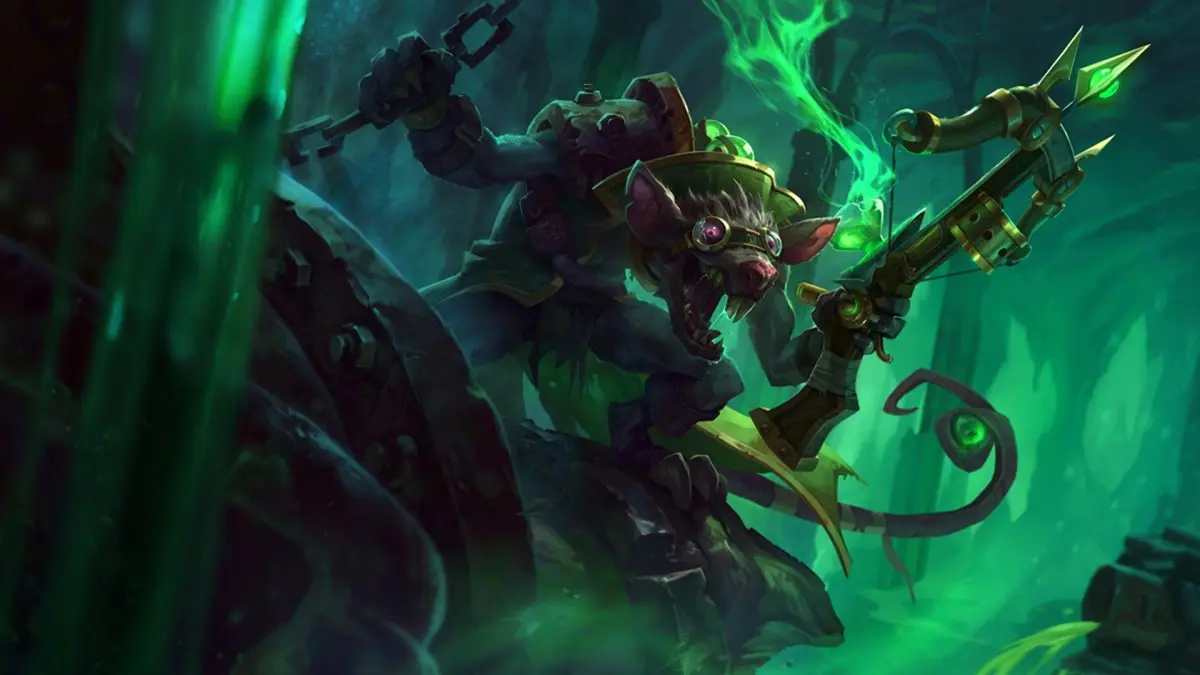
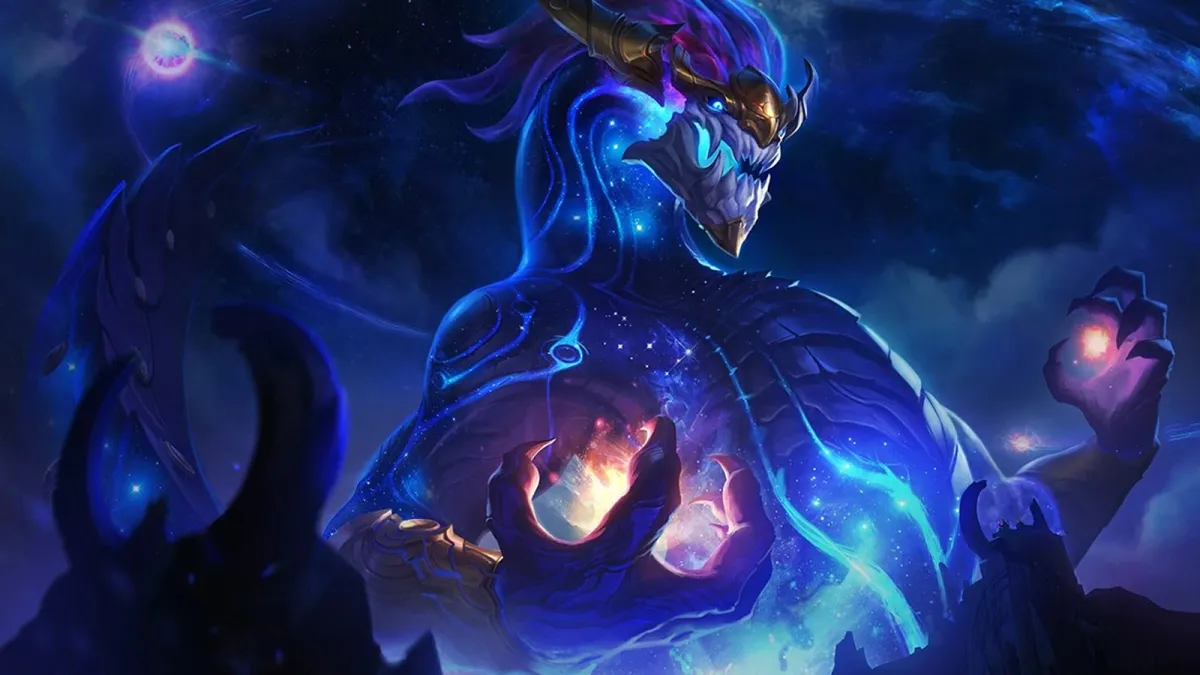
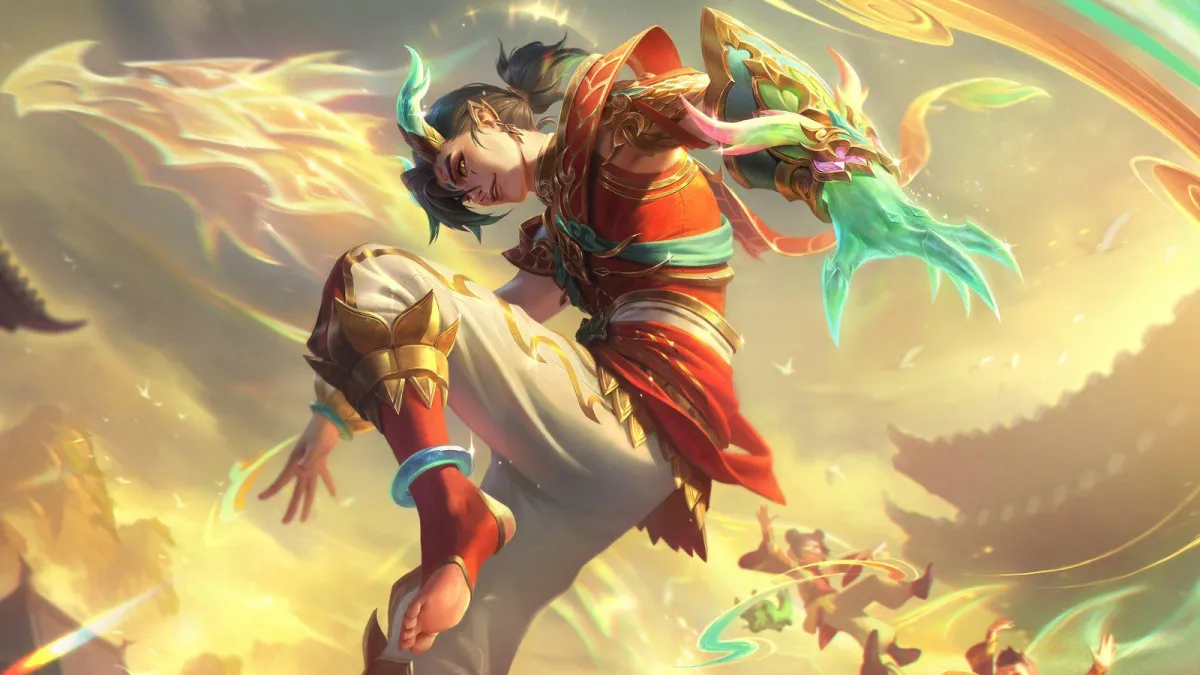

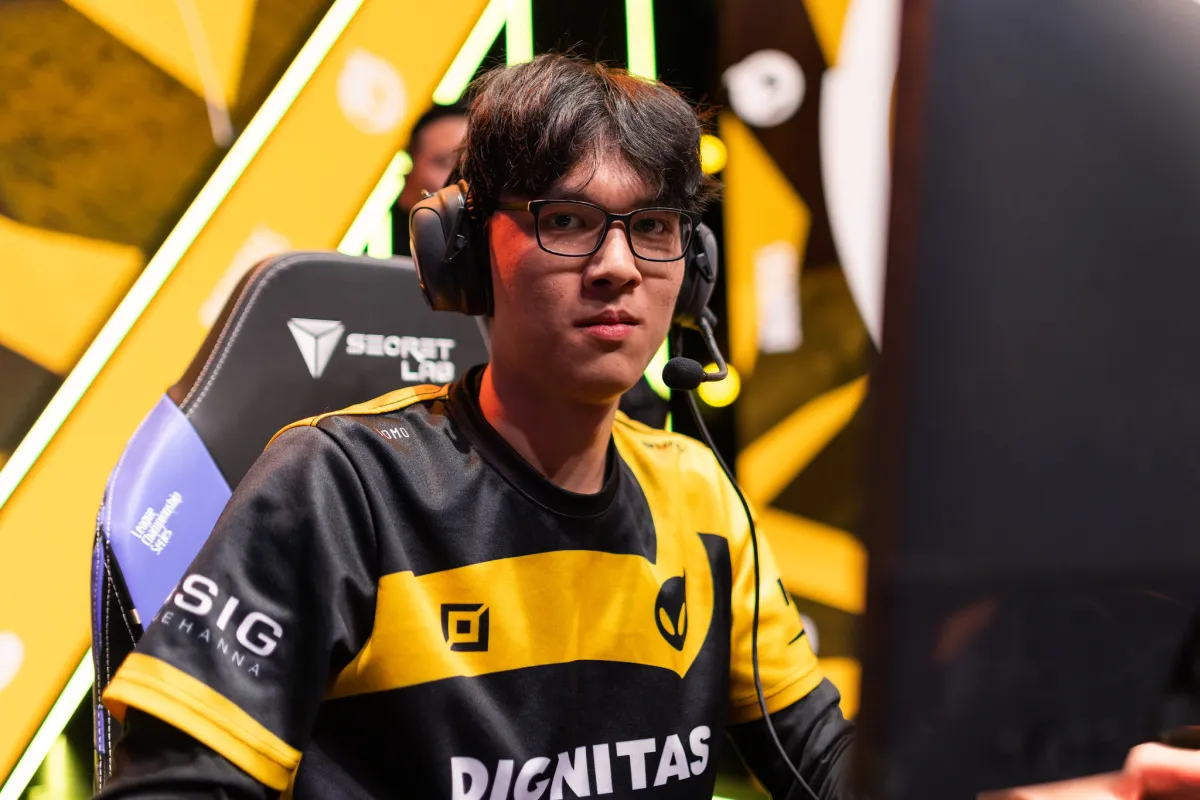


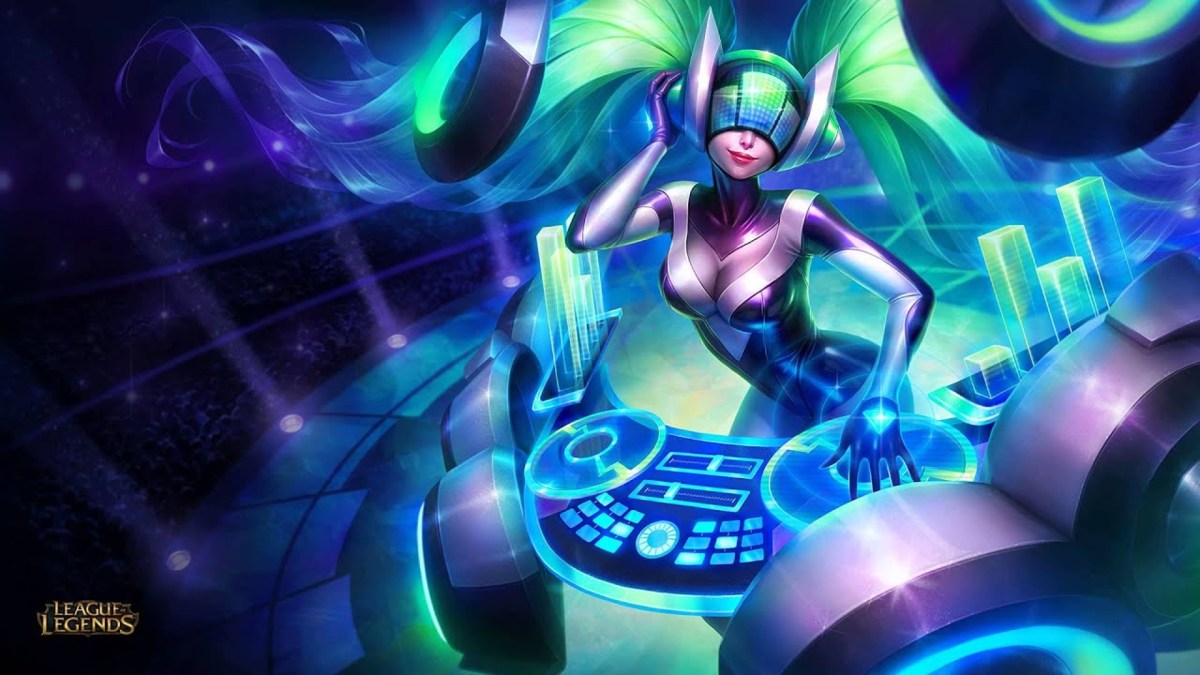


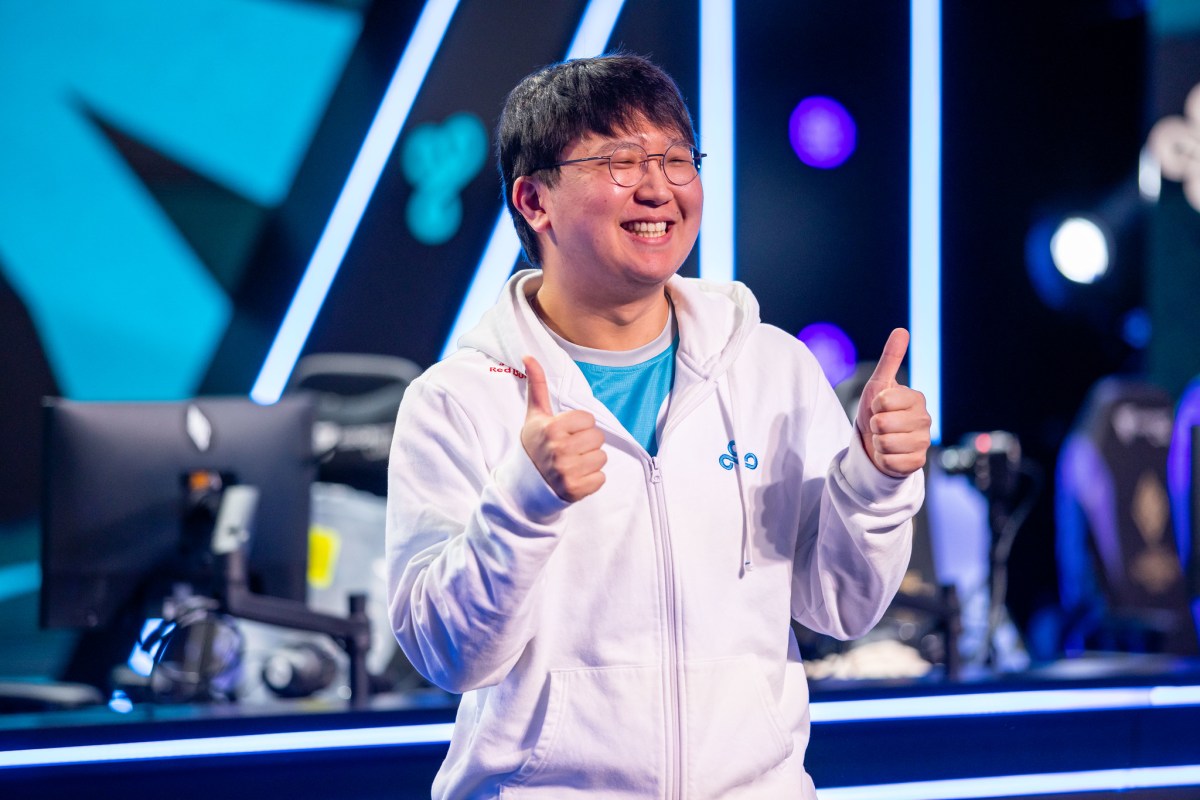



Published: Dec 17, 2021 03:23 pm